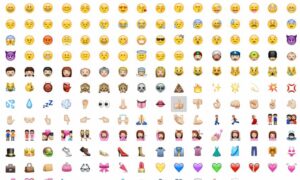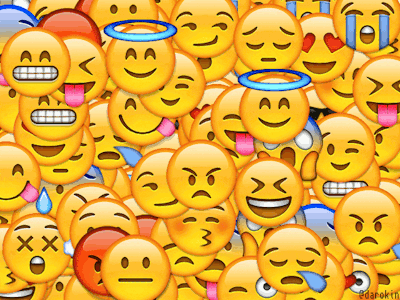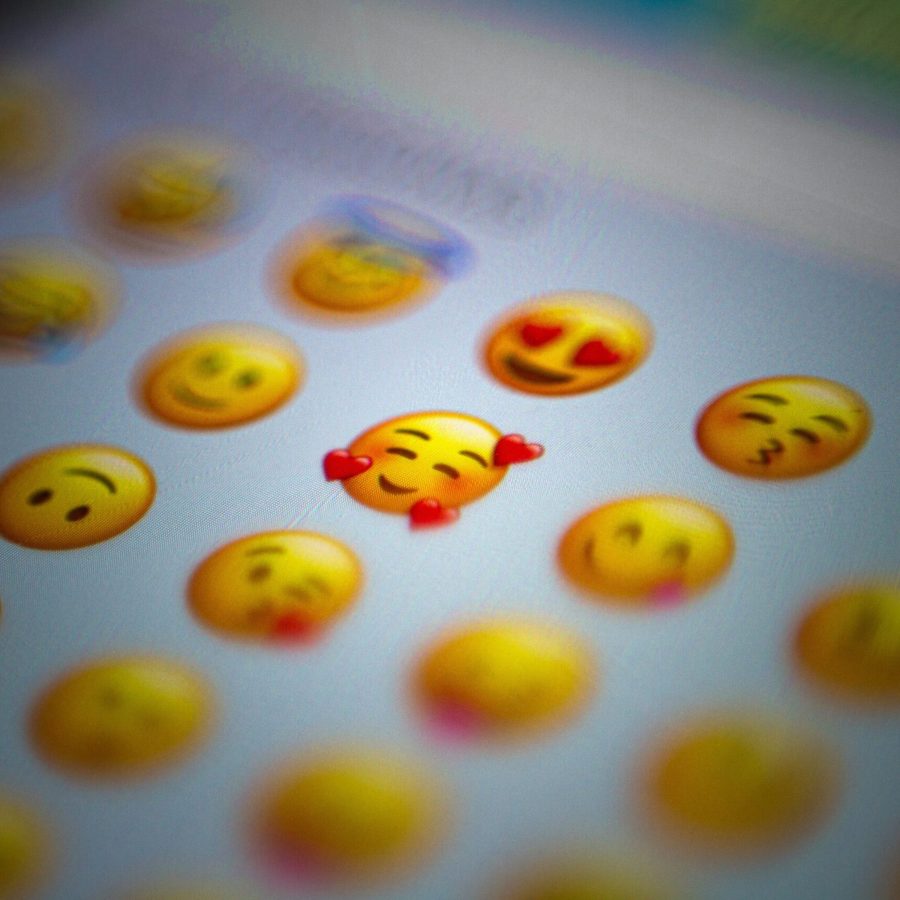World Emoji Day falls on the 17th July, here is the rundown of how they came so relevant in our day to day lives.
Firstly, emoji are pictographs

They are typically presented in a colourful cartoon form and used inline in text. They represent things such as faces, weather, food, drink, animals and icons that represent emotions, feelings, or activities. Emoji on smartphones and in chat and email applications have become extremely popular worldwide.
The first emoji was created in 1999 by a Japanese artist called Shigetaka Kurita. He aimed to design an interactive interface to convey information in a simple way. Kurita worked on the development team for the “i-mode”, an early mobile internet platform from Japan’s main mobile carrier, DOCOMO. The original 176 emojis created are now part of the permanent collection at the New York’s Museum of Modern Art.
Emojis quickly became popular in Japan

In the mid-2000s, companies outside of Japan, such as Apple saw the opportunity to incorporate emojis into their platforms. Every year Unicode consortium, who enable people around the world to use computers in any language, consider new emojis which means the emoji will continue to evolve. Who knows where the future of the emoji language will take us.
As of September 201, there are 3,633 emojis in the Unicode Standard. The most recent emoji release is Emoji 14.0, which added 112 new emojis. This includes sequences for gender, skin tone, flags, and the components that are used to create keycap, flag, and other sequences.
Read more:
This article was written by Stemette Olivia B.



